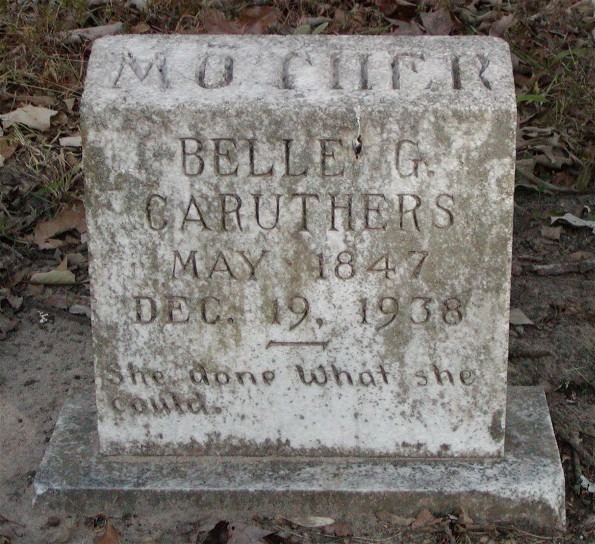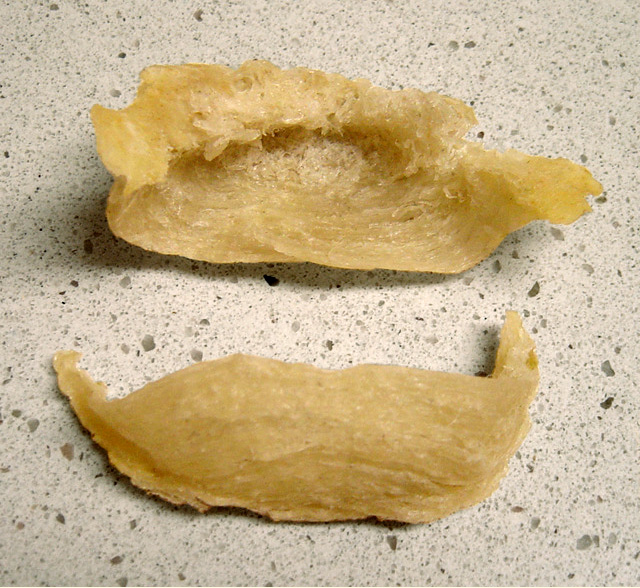 |
Webster's Blue
Black Speller |
I've been searching for the first school shooting in Mississippi for the past day or so. I favor a three-pronged attack: print sources, Internet databases, and ye olde Internet search. You'd be amazed at what isn't available on the Internet! I was scanning a print book called
From Cotton Field to Schoolhouse: African American Education in Mississippi, 1862-1875, which led me to
The American Slave: A Composite Autobiography, wherein I found an incredibly moving story that cried out to be shared:
Belle Caruthers was born a slave. At the end of the War Between the States, she was one of 437,000 blacks set free (31). Most were completely illiterate. Belle was not. She had cared for a white baby as a slave and, "The baby had alphabet blocks and I learned my letters while she learned hers" (33). Belle later found a
Webster's Blue Black Speller and used it to study. Her master kicked her when he found her pouring over its pages (33). This did not phase Belle in the least. "I found a hymnbook one day and spelled out, 'When I Can Read My Title Clear.' I was so happy when I saw that I could really read that I ran around telling all the other slaves" (34). I can imagine her excitement, can't you? It practically leaps from the page even now, over 150 years later.
 |
Tombstone of Belle G. Caruthers
She done what she could. |
Belle went on to some further schooling herself; she then spent many years as a teacher in the Holly Springs area, passing on her love of and knowledge and learning. She married and raised a family. Belle also wrote for
The South, the local county newspaper printed in Holly Springs. The
Mississippi Department of Archives and History holds the newspaper for the years Belle would've written her column. I think a personal trip to MDAH is in order in the near future!
Do you see what happened there? I went into my search looking for one thing and came out with a great story and a new resource. (I can't wait to try this in my genealogy research!) Mrs. Belle may have passed away in 1938 at the age of 91, but I think she still has a lot to teach the world.
Blue Black Speller http://www.blockaderunner.com/Catalog/catpg9a.html
Gravestone at Hill Crest Cemetery - She Done What She Could: http://www.findagrave.com/cgi-bin/fg.cgi?page=gr&GRid=12301446
Rawick, George P. The American Slave: A Composite Autobiography Supplement, Series 1, Volume 7 Mississippi Narratives, Part 2. Westport, CT: Greenwood Press, 1977. Print.
 Governor Phil Bryant has appointed Ann Marsh to the Mississippi Library Commission Board of Commissioners. Marsh fills the vacancy left when Russell Burns of Brookhaven resigned and will serve the remainder of the term which expires June 30, 2015. She represents one of two “at large” positions.
Governor Phil Bryant has appointed Ann Marsh to the Mississippi Library Commission Board of Commissioners. Marsh fills the vacancy left when Russell Burns of Brookhaven resigned and will serve the remainder of the term which expires June 30, 2015. She represents one of two “at large” positions.











